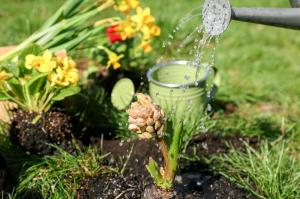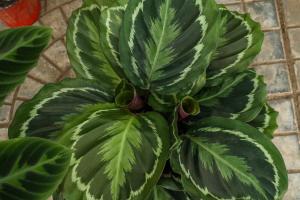How to Insulate Potted Plants
Potted plants are a great way to bring some green into your home or garden, but as winter approaches, the dropping temperatures might make you wonder if your plants will survive. In order to protect your potted plants from cold weather, you need to insulate them properly. Here are some tips on how to do it:
Choose the Right Pot
The first thing you need to do is to choose the right type of pot for your plants. Plastic pots are a good choice as they retain more heat than clay or ceramic pots. Also, make sure that the pot is big enough to allow for insulation. The more space there is between the plant and the pot, the easier it will be to insulate.
Use Insulating Materials
There are a variety of materials that you can use to insulate your potted plants. One of the most common is bubble wrap. You can wrap a layer of bubble wrap around the pot and then secure it with tape. This will create a barrier between the pot and the cold air outside.
You can also use straw or hay to insulate your potted plants. Simply place a layer of straw or hay around the pot and then cover it with a plastic bag. This will help to retain heat and keep your plants warm.
Another option is to use foam insulation. You can purchase foam insulation sheets from your local hardware store and then cut them to fit around the pot. Once you have the foam insulation in place, you can secure it with tape or plastic wrap.
Move Your Potted Plants to a Sheltered Area
If you have the space, move your potted plants to a sheltered area such as a shed, garage or porch. This will help to protect them from the cold winds and snow. If you don't have a sheltered area, you can create one by using a canopy or tarpaulin to cover your plants.
Keep Your Potted Plants Watered
It's important to keep your potted plants watered during the winter months as this will help to retain heat. However, make sure that you don't overwater them as this can lead to root rot. Also, avoid getting water on the leaves as this can lead to frost damage.
Maintain Proper Air Circulation
While it's important to insulate your potted plants, it's also important to maintain proper air circulation. This will help to prevent mold and mildew from forming on your plants. You can achieve this by using a fan or by cracking open a window or door in your sheltered area.
Conclusion
By following these tips, you can successfully insulate your potted plants and protect them from the cold winter weather. Remember to choose the right type of pot, use insulating materials, move your plants to a sheltered area, keep them watered, and maintain proper air circulation. With these measures in place, your potted plants should thrive throughout the winter months.

 how many times do yo...
how many times do yo... how many planted tre...
how many planted tre... how many pine trees ...
how many pine trees ... how many pecan trees...
how many pecan trees... how many plants comp...
how many plants comp... how many plants can ...
how many plants can ... how many plants and ...
how many plants and ... how many pepper plan...
how many pepper plan...
































